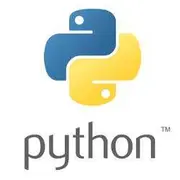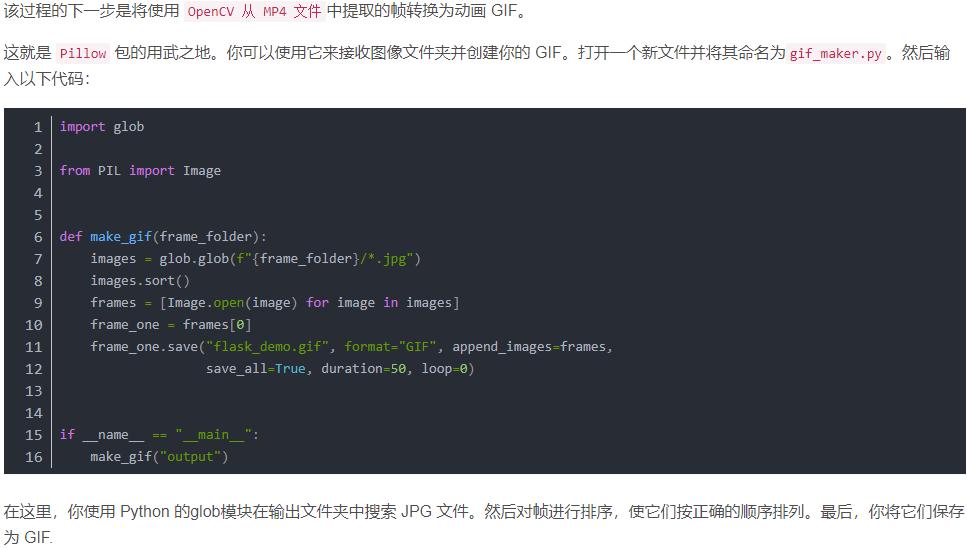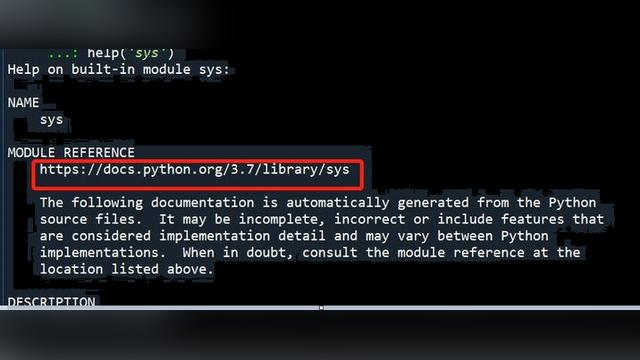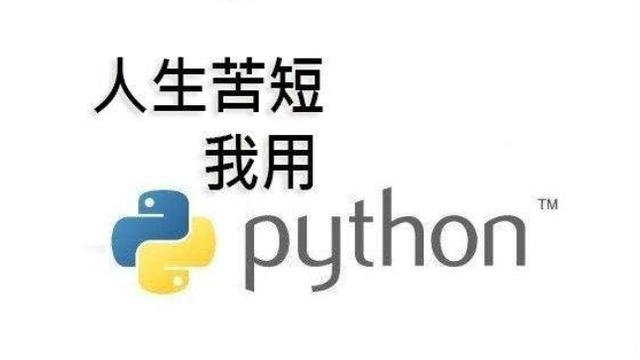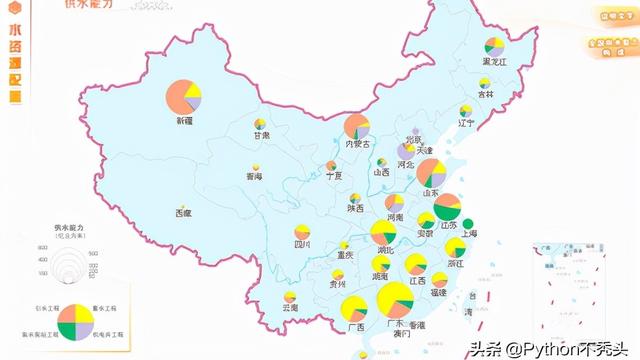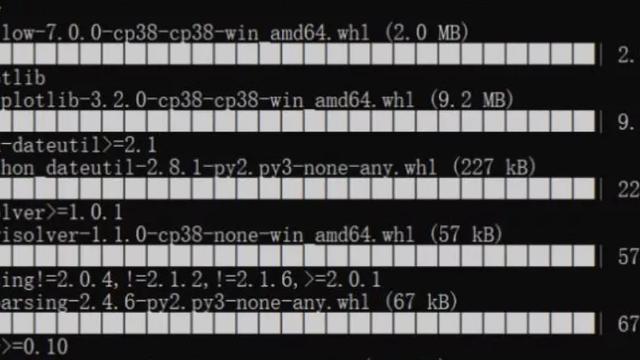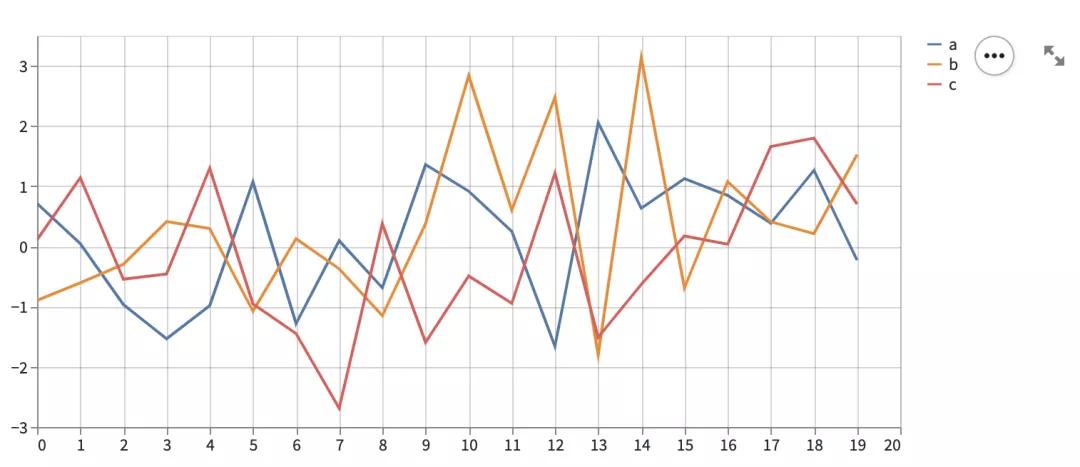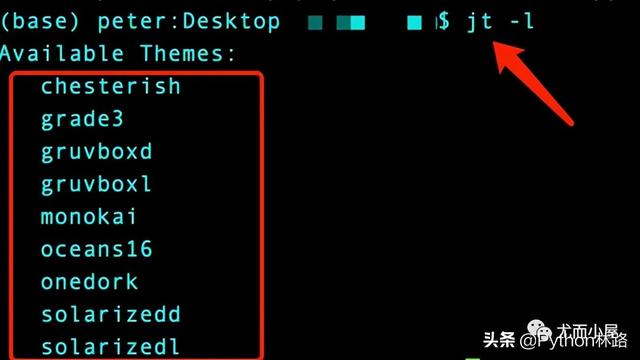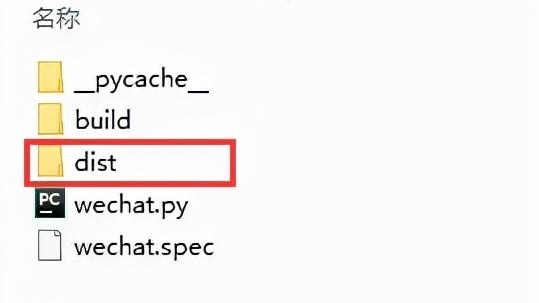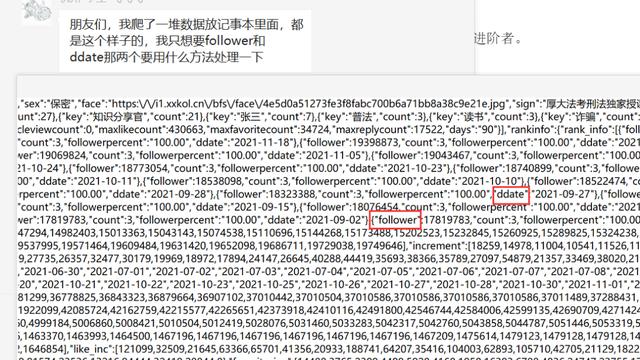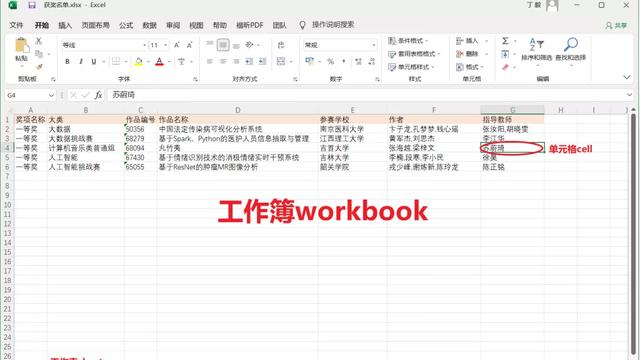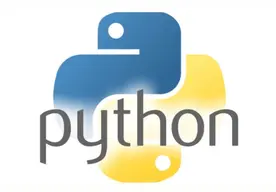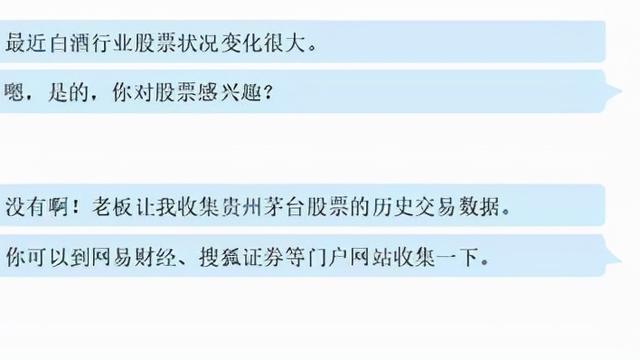Python网络爬虫:Beautiful Soup库入门
Beautiful Soup库安装
pip install beautifulsoup4
测试:
import requests
r = requests.get("http://Python123.io/ws/demo.html")
demo = r.text
form bs4 import BeautifulSoup #从bs4中引入BeautifulSoup类
soup = BeautifulSoup(demo, "html.parser")

Beautiful Soup库是解析、遍历、维护“标签树”的功能库
Beautiful Soup库的基本元素
Beautiful Soup库的引用
Beautiful Soup库,也叫beautifulsoup4或bs4.
from bs4 import BeautifulSoup soup = BeautifulSoup(demo,"html.parser")
Beautiful Soup类的基本元素

基于bs4库的HTML内容遍历方法
下行遍历

#遍历儿子节点 for child in soup.body.children print(child) #遍历子孙节点 for child in soup.body.descendants print(child)
上行遍历

soup = BeautifulSoup(demo,"html.parser") for parent in soup.a.parents: if parent is None: print(parent) else: print(parent.name) #输出结果 #p #body #html #[document]
平行遍历
平行遍历发生在同一个父节点下的各节点间。
下一个获取的可能是字符串类型,不一定是下一个节点。

#遍历后续节点 for sibling in soup.a.next_siblings print(sibling) #遍历前续节点 for sibling in soup.a.previous_siblings print(sibling)
基于bs4库的HTML格式化和编码
格式化方法:.prettify()
soup = BeautifulSoup(demo,"html.parser") print(soup.a.prettify())
编码:默认utf-8
soup = BeautifulSoup("<p>中文</p>","html.parser")
soup.p.string
#'中文'
print(soup.p.prettify())
#<p>
# 中文
#</p>
3.信息组织与提取
信息标记的三种形式
标记后的信息可形成信息组织结构,增加了信息的维度;
标记后的信息可用于通信、存储和展示;
标记的结构和信息一样具有重要价值;
标记后的信息有利于程序的理解和运用。
XML: eXtensible Matkup Language
最早的通用信息标记语言,可扩展性好,但繁琐。
用于Internet上的信息交互和传递。
<name>...</name> <name/> <!-- -->
JSON: JAVAScript Object Notation
信息有类型,适合程序处理(js),较XML简洁。
用于移动应用云端和节点的信息通信,无注释。
#有类型的键值对表示信息的标记形式
"key":"value"
"key":["value1","value2"]
"key":{"subkey":"subvalue"}
YAMl: YAML Ain’t Markup Language
信息无类型,文本信息比例最高,可读性好。
用于各类系统的配置文件,有注释易读。
#无类型的键值对表示信息的标记形式 key : "value" key : #comment -value1 -value2 key : subkey : subvalue
信息提取的一般方法
方法一:完整解析信息的标记形式,再提取关键信息。
XML JSON YAML
需要标记解析器,例如bs4库的标签树遍历。
优点:信息解析准确
缺点:提取过程繁琐,过程慢
方法二:无视标记形式,直接搜索关键信息
搜索
对信息的文本查找函数即可。
优点:提取过程简洁,速度较快
缺点:提取过程准确性与信息内容相关
融合方法:结合形式解析与搜索方法,提取关键信息
XML JSON YAML 搜索
需要标记解析器及文本查找函数。
实例:提取HTML中所有URL链接
思路:
1、搜索到所有 标签
2、解析 标签格式,提取href后的链接内容
form bs4 import BeautifulSoup
soup = BeautifulSoup(demo,"html.parser")
for link in soup.find_all('a'):
print(link.get('href'))
基于bs4库的HTML内容查找方法

简写形式:
(…) 等价于
.find_all(…)
#name:对标签名称的检索字符串
soup.find_all('a')
soup.find_all(['a', 'b'])
soup.find_all(True) #返回soup的所有标签信息
for tag in soup.find_all(True):
print(tag.name) #html head title body p b p a a
#输出所有b开头的标签,包括b和body
#引入正则表达式库
import re
for tag in soup.find_all(re.compile('b')):
print(tag.name) #body b
#attrs:对标签属性值的检索字符串,可标注属性检索
soup.find_all('p', 'course')
soup.find_all(id='link1')
import re
soup.find_all(id=re.compile('link'))
#recursive:是否对子孙全部检索,默认为True
soup.find_all('p', recursive = False)
#string:<>...</>字符串区域的检索字符串
soup.find_all(string = "Basic Python")
import re
soup.find_all(string = re.compile('Python'))
#简写形式:soup(..) = soup.find_all(..)
拓展方法:参数同.find_all()

4.信息提取实例
中国大学排名定向爬虫
功能描述:
输入:大学排名URL链接
输出:大学排名信息的屏幕输出(排名,大学名称,总分)
技术路线:requests-bs4
定向爬虫:仅对输入URL进行爬取,不拓展爬取
程序的结构设计:
步骤1:从网络上获取大学排名网页内容
getHTMLText()
步骤2:提取网页内容中信息到合适的数据结构
fillUnivList()
步骤3:利用数据结构展示并输出结果
printUnivList()
初步代码编写
import requests from bs4 import BeautifulSoup import bs4 ''' 这是小编准备的python爬虫学习资料,加群:821460695 即可免费获取! ''' def getHTMLText(url): try: r = requests.get(url, timeout= 30) r.raise_for_status() r.encoding = r.Apparent_encoding return r.text except: return "" def fillUnivList(ulist, html): soup = BeautifulSoup(html, "html.parser") for tr in soup.find('tbody').children: if isinstance(tr, bs4.element.Tag): tds = tr('td') ulist.append([tds[0].string, tds[1].string, tds[3].string]) def printUnivList(ulist, num): print("{:^10}t{:^6}t{:^10}".format("排名", "学校名称", "分数")) for i in range(num): u = ulist[i] print("{:^10}t{:^6}t{:^10}".format(u[0], u[1], u[2])) def main(): uinfo = [] url = 'http://www.zuihaodaxue.cn/zuihaodaxuepaiming2016.html' html = getHTMLText(url) fillUnivList(uinfo,html) printUnivList(uinfo,20) #20 univs main()
中文输出对齐问题
当输出中文的宽度不够时,系统会采用西文字符填充,导致对齐出现问题。
可以使用中文空格chr(12288)填充解决。
<填充> :用于填充的单个字符
<对齐> :<左对齐 >右对齐 ^居中对齐
<宽度> :槽的设定输出宽度
, :数字的千位分隔符适用于整数和浮点数
<精度> :浮点数小数部分的精度或字符串的最大输出长度
<类型> :整数类型b,c,d,o,x,X浮点数类型e,E,f,%
代码优化
import requests
from bs4 import BeautifulSoup
import bs4
'''
这是小编准备的python爬虫学习资料,加群:821460695 即可免费获取!
'''
def getHTMLText(url):
try:
r = requests.get(url, timeout= 30)
r.raise_for_status()
r.encoding = r.apparent_encoding
return r.text
except:
return ""
def fillUnivList(ulist, html):
soup = BeautifulSoup(html, "html.parser")
for tr in soup.find('tbody').children:
if isinstance(tr, bs4.element.Tag):
tds = tr('td')
ulist.append([tds[0].string, tds[1].string, tds[3].string])
def printUnivList(ulist, num):
tplt = "{0:^10}t{1:{3}^10}t{2:^10}"
print(tplt.format("排名", "学校名称", "分数",chr(12288)))
for i in range(num):
u = ulist[i]
print(tplt.format(u[0], u[1], u[2],chr(12288)))
def main():
uinfo = []
url = 'http://www.zuihaodaxue.cn/zuihaodaxuepaiming2016.html'
html = getHTMLText(url)
fillUnivList(uinfo,html)
printUnivList(uinfo,20) #20 univs
main()